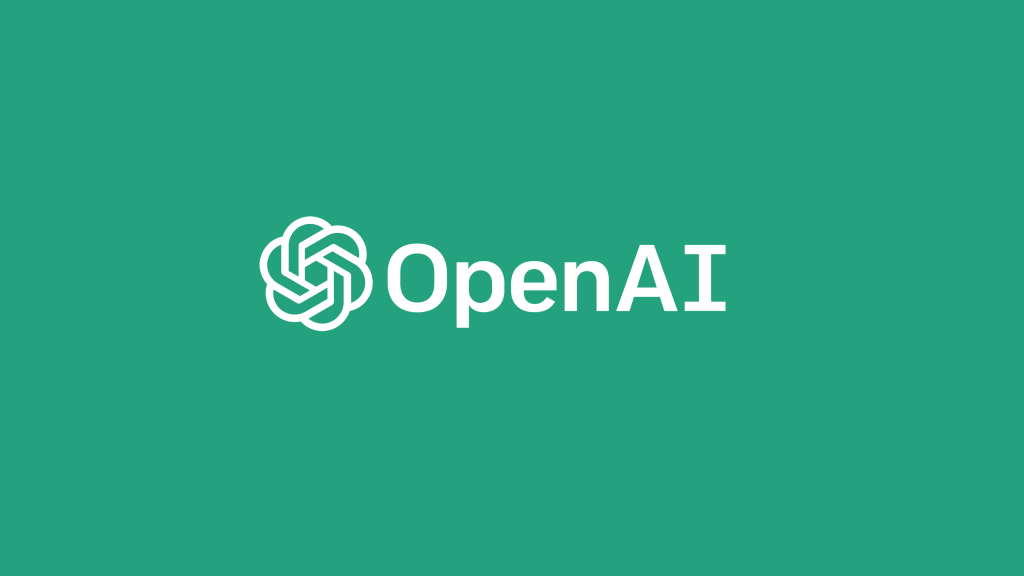By The Malketeer
Balancing Profit and Purpose: OpenAI’s New Direction
OpenAI announced on Friday, 27 December its intent to transition its for-profit arm into a Delaware Public Benefit Corporation (PBC).
This strategic move aims to address the capital-intensive demands of the AI industry while maintaining a mission-driven approach.
The transition underscores OpenAI’s commitment to ethical innovation in an increasingly competitive AI race against tech giants like Google.
Why OpenAI is Embracing the PBC Model
PBCs—a hybrid between traditional corporations and non-profits—are designed to prioritise societal and environmental goals alongside profit.
OpenAI’s decision reflects a growing trend among forward-thinking companies seeking to blend shareholder value with public responsibility.
Notably, rivals such as Anthropic and Elon Musk’s xAI have also adopted the PBC structure, signalling a paradigm shift in how cutting-edge tech companies operate.
OpenAI’s current structure includes a capped profit share for investors and employees, controlled by a non-profit entity.
Under the PBC framework, OpenAI’s for-profit arm will fund charitable initiatives spearheaded by its non-profit branch, targeting sectors such as healthcare, education, and science.
PBCs vs. Traditional Corporate Models: Key Differences
Unlike non-profit organisations, PBCs operate for profit but are legally bound to pursue public benefits.
They lack the tax exemptions granted to non-profits but are mandated to report progress toward their goals, striking a balance between mission and revenue generation.
However, as corporate law expert Ann Lipton of Tulane Law School highlights, the enforcement of PBCs’ stated missions often depends on shareholders, raising questions about their long-term commitment to social impact.
Limitations and Challenges of the PBC Model
While PBCs’ dual mandate—profit and purpose—is attractive, it’s not without challenges.
Critics argue that the model doesn’t guarantee that companies will prioritise their mission over profits.
Furthermore, publicly traded PBCs are more vulnerable to takeovers, with potential acquirers citing conflicts between profit maximisation and public benefit goals.
Despite these concerns, the move to a PBC reflects OpenAI’s ambition to redefine corporate responsibility in the tech sector.
By committing to ethical AI development, the company positions itself as a leader in balancing innovation with societal impact.
Notable Public Benefit Corporations Leading the Way
OpenAI joins a growing list of companies that have embraced the PBC model:
- Anthropic and xAI: Both AI-focused organisations prioritise ethical considerations in developing next-generation technology.
- Patagonia: A trailblazer in sustainability, the outdoor retailer has contributed over US$230 million to environmental causes.
- Kickstarter: The crowdfunding platform supports creative projects while adhering to a mission-driven ethos.
- Allbirds: Known for sustainable footwear, Allbirds champions environmental conservation through its product innovation.
- Warby Parker: With its “Buy a Pair, Give a Pair” program, the eyewear company combines profitability with social impact.
The Road Ahead for OpenAI
By transitioning to a PBC, OpenAI aims to raise capital effectively while staying true to its mission of advancing AI for societal good.
This bold step not only enhances its appeal to socially conscious investors but also sets a precedent for other tech companies navigating the delicate balance between profit and purpose.
As the AI landscape evolves, OpenAI’s PBC transformation could mark a pivotal moment in how technology companies align their goals with the broader needs of society.
The world will be watching closely to see how this innovative model unfolds in practice.
Source: Reuters
MARKETING Magazine is not responsible for the content of external sites.











